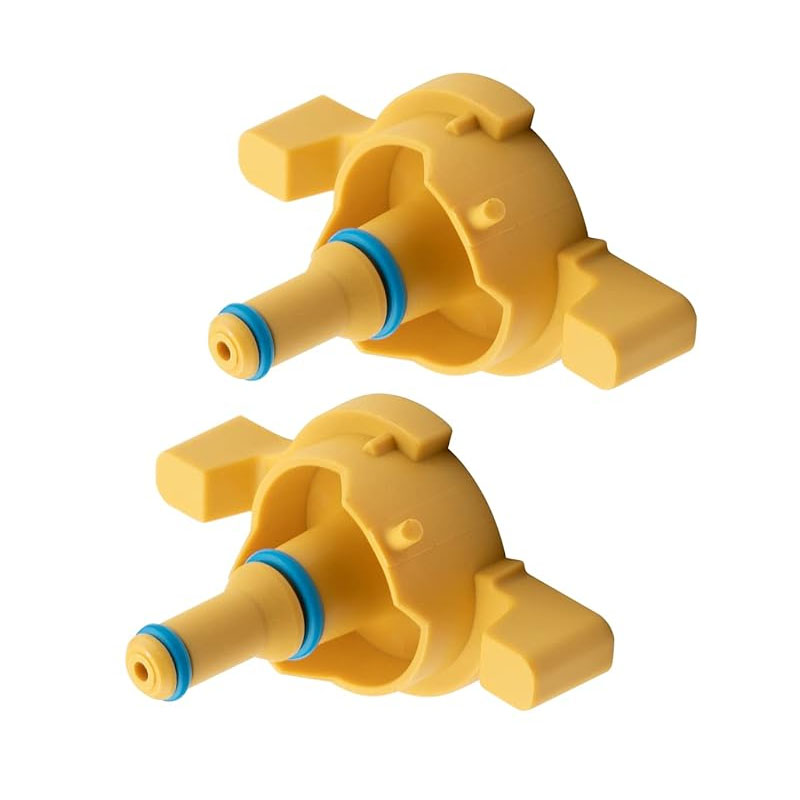Understanding the Importance of Seals in Automatic Transmission Oil Pump Performance and Longevity
Understanding Automatic Transmission Oil Pump Seal
Automatic transmission systems are intricate components critical for the smooth operation of modern vehicles. At the heart of these systems is the oil pump, responsible for circulating transmission fluid throughout the gearbox. One essential component of the oil pump is the oil pump seal, which plays a crucial role in maintaining optimal performance and preventing fluid leaks.
Functions of the Oil Pump Seal
The primary function of the automatic transmission oil pump seal is to prevent the transmission fluid from leaking out of the pump. The transmission fluid is necessary for lubricating, cooling, and ensuring hydraulic pressure within the transmission system. If the seal develops wear or failure, it can lead to fluid leaks, which can result in inadequate lubrication, overheating, and eventual damage to the transmission.
Additionally, the oil pump seal helps maintain the necessary pressure within the transmission. This pressure is vital for the proper engagement of gears and smooth shifting. A faulty seal can disrupt this pressure, leading to erratic shifting patterns and potential transmission failure.
Types of Oil Pump Seals
There are various types of seals used in automatic transmission systems, including O-rings, lip seals, and mechanical seals. Each type serves the same purpose but may vary in design and application
- O-Rings These are circular seals made of elastic materials, commonly used for preventing fluid leakage in dynamic and static applications.
- Lip Seals Featuring a flexible lip that makes contact with a rotating shaft, lip seals are often used in oil pumps to prevent fluid leakage while allowing some movement.
- Mechanical Seals These are more complex seals employed in high-performance applications, providing a reliable barrier against fluid leaks under significant pressure.
Signs of Seal Failure
automatic transmission oil pump seal

Recognizing the signs of oil pump seal failure is crucial for vehicle maintenance. Common indicators include
1. Fluid Leaks Puddles or spots of transmission fluid under the vehicle can signify a compromised seal.
2. Slipping Gears If the vehicle experiences slipping or difficulty in engaging gears, it might be a symptom of low fluid levels caused by leaks.
3. Overheating Transmission Insufficient fluid can lead to overheating, resulting in potential damage to the transmission components.
4. Unusual Noises Grinding or whining noises during gear engagement may indicate that the transmission is not receiving adequate lubrication.
Maintenance and Replacement
Regular maintenance is essential for extending the life of the oil pump seal and the transmission system. Routine checks of fluid levels and conditions can help identify issues early on. If a leak is detected or symptoms of seal failure arise, it is crucial to address the problem promptly.
Replacing an automatic transmission oil pump seal typically involves disassembly of the transmission, which can be a complex and labor-intensive process. Therefore, it is advisable to have the replacement done by a professional mechanic to ensure proper installation and avoid further complications.
Conclusion
The automatic transmission oil pump seal plays a pivotal role in the health and functionality of a vehicle's transmission system. Understanding its functions and being aware of potential issues can help vehicle owners maintain their cars effectively. By prioritizing regular maintenance and promptly addressing any signs of failure, drivers can ensure a smoother driving experience and longevity of their transmission systems.
-
Understanding the Front Main Engine Seal: Purpose, Maintenance, and Installation
News Jul.29,2025
-
Understanding O-Rings and Seal Rings: Types, Applications, and Custom Solutions
News Jul.29,2025
-
Understanding Crankshaft Oil Seals: Rear Seals, Pulley Seals, and Their Role in Engine Integrity
News Jul.29,2025
-
The Importance of Front and Rear Crankshaft Seals in Engine Performance and Oil Management
News Jul.29,2025
-
Crank Oil Seals: Functions, Types, and Cost Considerations in Engine Maintenance
News Jul.29,2025
-
A Comprehensive Guide to O-Rings and Seals: Types, Materials, and Global Applications
News Jul.29,2025
-
Mastering Diesel and Performance Engine Maintenance: A Guide to Critical Oil Gaskets
News Jul.28,2025
Products categories















